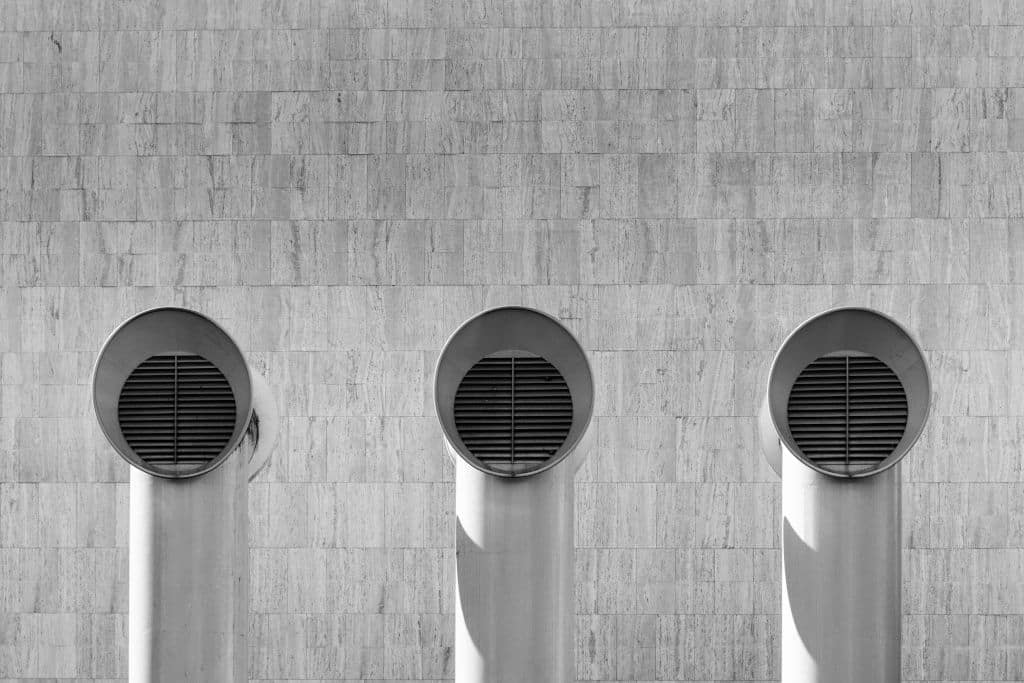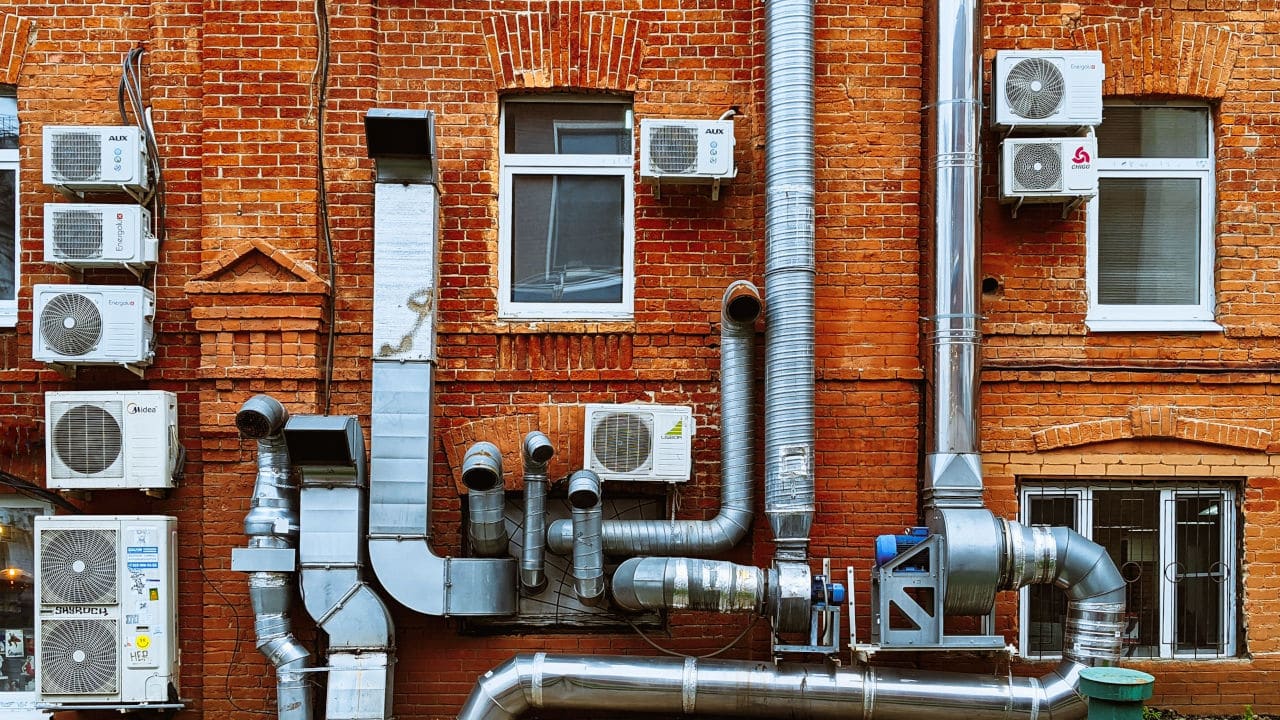Simply put, ventilation involves removing contaminated or potentially harmful air out of a place and replacing it with “clean” air. It is as vital as food and water to man. Hence, individuals at home and organizations care about providing a proper ventilation system in place.
A ventilation system can either be natural, mechanical, or hybrid.
The natural ventilation system, just as the name implies, refers to the practice of delivering and removing air from an indoor space using natural forces rather than mechanical systems.
Mechanical ventilation refers to an intentional system designed to aid the exchange of indoor and outdoor air. This is done with the aid of mechanical equipment like fans, vents, exhausts, pipes, etc.
Hybrid ventilation system refers to a mix of the above-stated ventilation systems.

Laws in the United States Governing The Usage of Ventilation Systems
Many U.S. states have codes that specify minimum ventilation controls, pipe and duct insulation, and other requirements. In addition, several states and municipalities have specified ventilation and indoor air quality standards that must be adhered to.
However, The American Society of Heating, Refrigerating, and Air-Conditioning Engineers (ASHRAE) Standard 62.1-2010 is the national consensus standard for outdoor air ventilation.
Why A Ventilation System Needs To Function Properly
Generally, ventilation systems are used to dilute contaminated air out of the work/home space. In the workplace, clean air is pushed through the duct and discharged into the workplace floor. This air is then pulled out of the building and exhausted through a stack to ensure a safe breathing environment for the people.
Alternatively, this air can be cleaned and recirculated to reduce heat and cooling costs.

Failure to put in place a proper ventilation system can cause harm to the human respiratory system, as seen in different court cases in the United States.
In the case of Board v. Farnham, a poor ventilation system was said to have caused sickness in some inmates in the Edgar County Jail. It was stated that the defective ventilation system led to a constant flow of black fiberglass dust into the cells, which caused inmates to have countless nosebleeds.
The case of Mullen v. Treasure Chest Casino also exemplifies the need for a workplace to address a poor ventilation system. In this action, it was claimed that each of the named plaintiffs had suffered from respiratory sickness due to the casino’s defective and/or poorly maintained air-conditioning and ventilation system. While working at the casino, they were diagnosed with asthma and bronchitis.
Another case is Stoney Run Co. v. Prudential-LMI Commercial Ins. Co., where a faulty heating and ventilation system led to the injury and death of several tenants at the Stoney Run Apartments.
The above cases and several others show the deadly impact a poor ventilation system.
It also shows that negligence on the part of an employer or an individual/company liable to the duty of care of people can cause them heavily in the form of settlements that need to be paid from lawsuits.
Proving A Poor/Defective Ventilation System in Court Using Legal Animation
As seen in the above-mentioned cases, a poor ventilation system can hurt people. A flawed ventilation system may not be visible to the naked eye, and its effect can also not be seen on individuals until it becomes physical, causing illness and diseases.
With the aid of legal animation, the mechanics of a ventilation system can be made bare right before the eyes of the jury.
Suppose a part of the whole ventilation system is defective, causing the air passing in, through, and out of the system to be contaminated – in that case, legal animation can illustrate this since air cannot be visibly seen passing through the system with the naked eye.
In fact, one can even go further to showcase how the contaminated air from the ventilation system led to a sickness or disease in an individual with legal animation.
In conclusion, the work of an attorney in explaining to the jury how a poor ventilation system is the cause of harm or injury to their client will be much easier with legal animation.





